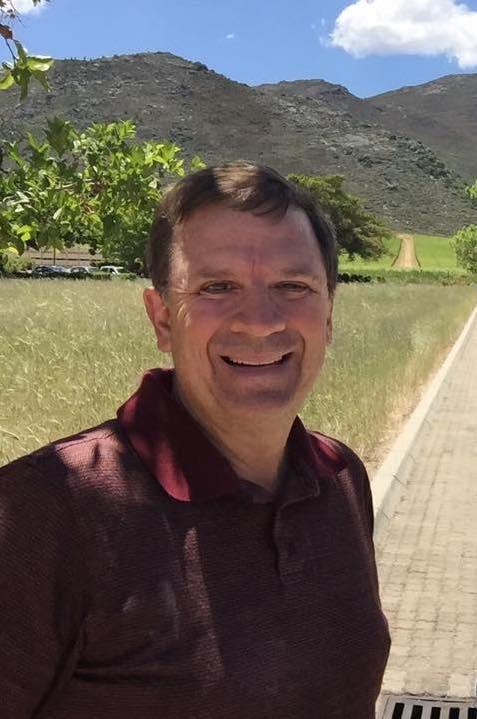
My Op-Ed ran in today’s Moscow-Pullman Daily News. Enjoy!
I remain highly critical of the US’s response to the coronavirus pandemic. We were sold on a binary solution: complete lockdown or doing nothing at all. But why a nationwide shutdown in response to a virus with negligible risk to most of the population, those 4-50 years old?
Many have argued for a via media: isolate the infected, quarantine the exposed and vulnerable, and social distance everyone else. Yet in the span of a month, the narrative has shifted from “flattening the curve” to “lockdown until a vaccine.”
Many look to a future vaccine to save them, yet there is overwhelming evidence that shows that vaccines are a risky investment, to put it mildly. There are several life-threatening viruses that have never had a successful vaccine, despite decades of research and countless funding — HIV most famously, and also notably other human coronaviruses. Developing a proper vaccine takes a minimum of 20 years and several critical trials before it is deemed safe. How many of those steps are we willing to cut out in order to satisfy our desperation for a quick-fix? Many, not only anti-vaxxers, believe the risk of being harmed by a rushed vaccine to be a greater threat to their families than the virus itself.
Without adequate time to develop a safe vaccine, the virus will continue to circulate through communities as the country reopens until herd immunity is achieved. None of our models or experts have prepared us to deal with the incoming second wave. If the US had adopted a more common-sense approach similar to Sweden’s, we would not be dealing with 2nd (or 3rd) waves at all, but would be steadily handling the virus without the mass hysteria.
Some Israeli researchers are promoting a “Controlled Avalanche” approach for dealing with the coronavirus, allowing for voluntary exposure by those who are not vulnerable so that society rapidly reaches herd immunity. This approach helps protect the elderly and those at risk. Sweden follows a similar strategy. As immunity builds within the population, the virus has fewer people to spread it.
The flawed “expert” data models all predicted that Swedish hospitals would exceed ICU capacity if they didn’t quarantine everyone. That never happened, despite Sweden having the second lowest intensive care capacity in Europe. The US relied upon those same flawed models for locking us down. As of this writing, Sweden’s daily new deaths appear to have peaked in April and are on the downturn (https://www.worldometers.info/coronavirus/).
The average age of death in Sweden is over 80 years, with about 50% of deaths occurring in vulnerable nursing homes, while the effect on the general population has remained minimal. Looking at this information, we should focus our attention at protecting our elderly and nursing homes, rather than treating the entire country as at-risk.
Allowing those who are in no statistical danger of dying to be exposed to a virus is not a new concept for those over fifty. Before there was a vaccine for measles, mumps, or chickenpox, we used to have “pox parties” where kids were purposely exposed to a virus at a convenient time.
The flawed data models predicted that our healthcare system would be overwhelmed if we were not locked down. Sweden is definitive proof that will not happen. Relying on bad models has led to ridiculous policies, like not allowing Whitman County to jump into Phase 2 until it is virus-free for three weeks. That same standard won’t be applied to King County come 1 June.
Throughout our day-to-day lives, we make decisions about our safety by assessing risk trade-offs. We get into our car and drive because we have determined that the convenience and opportunities provided by driving outweigh the risks, despite the tens of thousands of people that die every year in their car. We never say that car crash deaths should be eradicated before we will enter a car again, because we allow men and women the liberty to weigh the risks for themselves before they make their own decision.
Those who fear the risks of reopening society should stay at home. But we should allow others the liberty and dignity to immediately go back to work and earn a living.